Tire Size 315/75r16 vs 265/75r16
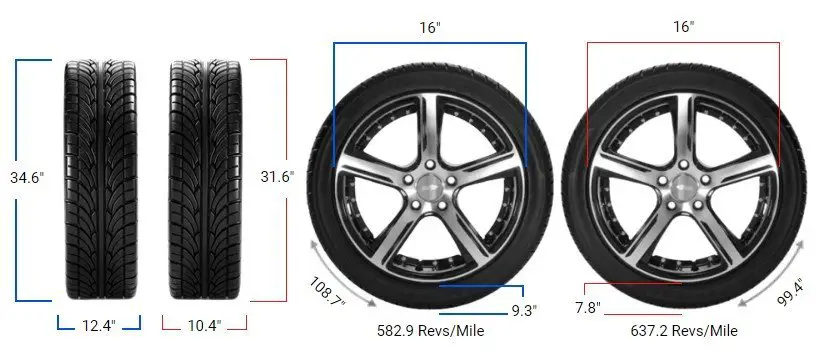
Downsizing from 315/75r16 to 265/75r16 tires involves a significant change in dimensions. Let’s explore the impacts of this tire change on various aspects of your vehicle’s performance and appearance.
- Diameter decreases by 2.95 inches affecting ground clearance and vehicle height
- Tire width narrows by 1.97 inches potentially impacting traction and stability
- Speedometer will underreport actual speed by about 9.3%
- Fuel efficiency may improve due to reduced rolling resistance
- Off-road performance could be compromised especially in challenging terrain
315/75r16 vs 265/75r16 Table
The most notable difference when switching from 315/75r16 to 265/75r16 tires is the reduction in overall diameter from 34.6 inches to 31.65 inches.
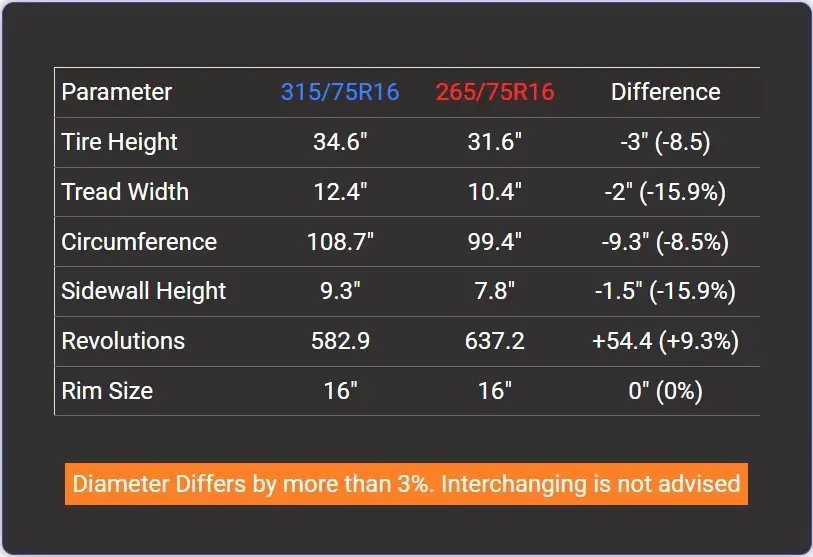
Fitment Guide
Replacement tires should be within 3% of the original tire’s overall diameter to avoid clearance issues or speedometer inaccuracies. The 315/75r16 diameter is 2.95 inches (75mm) larger than the 265/75r16, an 8.5% difference.
This exceeds the 3% limit, so the 315/75r16 may require modifications like a lift kit to prevent rubbing at a complete turn.
On-Road Impact
Switching to smaller 265/75r16 tires can significantly affect your vehicle’s on-road performance. Here’s how this change might impact various aspects of your driving experience:
- Handling: The narrower 265/75r16 tires may improve steering response and cornering stability on paved roads. With less rubber contacting the road, the vehicle might feel more nimble and easier to maneuver, especially in tight spaces or during quick lane changes.
- Fuel Efficiency: Smaller, lighter tires typically result in better fuel economy. The 265/75r16 tires have less rolling resistance than their larger counterparts, potentially increasing your miles per gallon.
- Ride Comfort: The change in tire size can affect ride quality. The smaller 265/75r16 tires might provide a smoother ride on well-maintained roads due to their smaller contact patch and reduced road noise.
- Speedometer Accuracy: With the 9.3% decrease in tire diameter, your speedometer will underreport your actual speed. For example, when your speedometer reads 20 mph, you’ll actually be traveling at 21.87 mph. This discrepancy could lead to unintentional speeding if not accounted for.
- Acceleration: The smaller tire diameter effectively lowers your vehicle’s gearing, which may result in quicker acceleration from a stop. However, it might also increase engine RPM at highway speeds.
- Braking: Smaller tires generally provide better braking performance on dry pavement due to their reduced weight and smaller contact patch. However, wet-weather braking might be slightly compromised compared to the wider 315/75r16 tires.
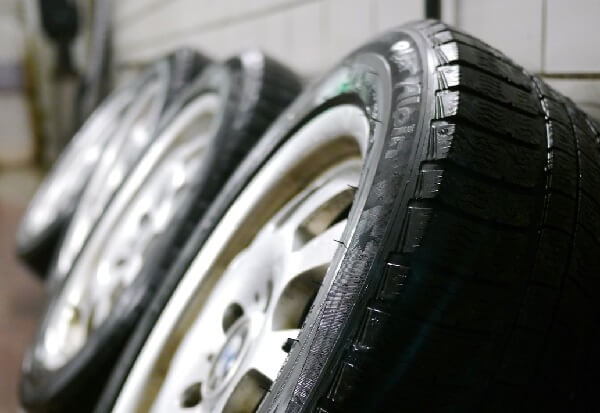
Off-Road Impact
The switch to 265/75r16 tires can have notable effects on your vehicle’s off-road capabilities. Here’s how this change might influence your off-road adventures:
- Ground Clearance: The 2.95-inch reduction in tire diameter translates to a significant decrease in ground clearance. This could limit your ability to navigate over large obstacles or through deep ruts without risking damage to the vehicle’s undercarriage.
- Traction: The narrower 265/75r16 tires may struggle to provide the same level of traction in loose or muddy conditions compared to the wider 315/75r16 tires. This could make it more challenging to navigate through soft terrain or climb steep, loose surfaces.
- Flotation: In sandy or muddy conditions, the reduced width of the 265/75r16 tires means less surface area to distribute the vehicle’s weight. This could lead to increased sinking or bogging down in soft terrain.
- Rock Crawling: The smaller overall diameter may reduce the tire’s ability to roll over larger rocks or obstacles smoothly. This could make rock crawling more challenging and increase the risk of undercarriage damage.
- Water Fording: With the reduced ground clearance, your vehicle’s water fording depth capability will be decreased. This could limit your ability to cross streams or navigate flooded trails safely.
- Durability: The smaller 265/75r16 tires may be more susceptible to damage from sharp rocks or rough terrain due to their reduced sidewall height. This could potentially lead to more frequent tire repairs or replacements during off-road use.
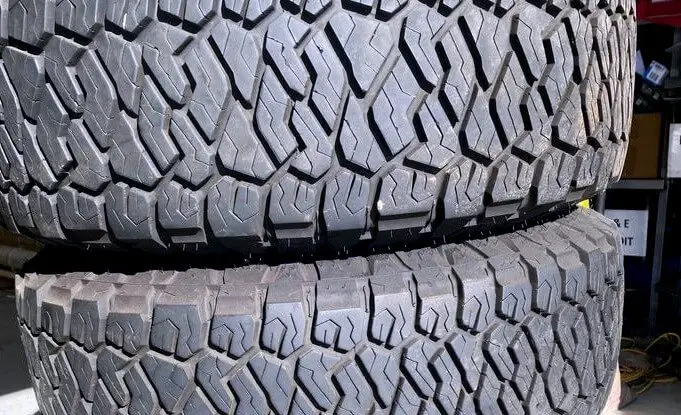
Vehicle Appearance
The switch to smaller tires can significantly alter your vehicle’s appearance:
- Wheel Well Gap: The smaller 265/75r16 tires may create a noticeable gap between the tire and wheel well, potentially giving the vehicle a less aggressive stance.
- Overall Profile: Your vehicle may appear less imposing with the reduced height and width of the tires.
- Proportions: The change could affect the visual balance between the body and wheels, especially if your vehicle was designed with larger tires in mind.
Durability & Wear
The 265/75r16 tires may offer some advantages in terms of longevity and wear:
- Even Wear: Narrower tires often experience more even wear across the tread, potentially extending their lifespan.
- Reduced Heat Build-up: Smaller tires generally generate less heat during operation, which can contribute to longer tire life.
- Lower Replacement Costs: Smaller tires are typically less expensive to replace than their larger counterparts.
What is the Difference Between 315/75r16 and 265/75r16?
The main difference between 315/75r16 and 265/75r16 tires is their overall diameter. The 315/75r16 tire has a diameter of 34.6 inches, while the 265/75r16 tire has a diameter of 31.65 inches.
This represents a significant 2.95-inch (75 mm) difference in height, which is a 9.3% reduction when switching from the larger to the smaller tire.
This change in diameter can notably affect various aspects of vehicle performance, including ground clearance, speedometer accuracy, and overall driving characteristics.
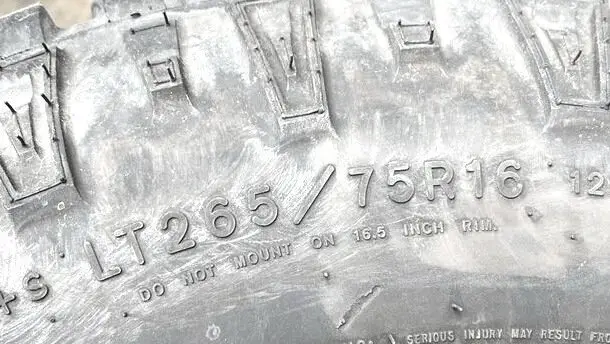
Can I Use 265/75r16 Instead of 315/75r16?
No, it is not recommended to use 265/75r16 tires instead of 315/75r16 tires. The difference in diameter between these two tire sizes is 9.3%, which exceeds the typically recommended maximum difference of 3%.
This substantial change could negatively impact vehicle handling, speedometer accuracy, fuel efficiency, and overall performance. It may also require modifications to the vehicle to prevent issues like rubbing or inadequate clearance.
How Much Taller Is a 315/75r16 Tire Than a 265/75r16?
A 315/75r16 tire is 2.95 inches (75 mm) taller than a 265/75r16 tire. The 315/75r16 has an overall diameter of 34.6 inches (878.9 mm), while the 265/75r16 has a diameter of 31.65 inches (803.9 mm). This difference represents a 9.3% increase in height for the 315/75r16 tire compared to the 265/75r16.
How Much Wider is a 315/75r16 Tire Than a 265/75r16?
A 315/75r16 tire is 1.97 inches (50 mm) wider than a 265/75r16 tire. The 315/75r16 has a width of 12.4 inches (315 mm), while the 265/75r16 has a width of 10.43 inches (265 mm). This difference represents an 18.9% increase in width for the 315/75r16 tire compared to the 265/75r16.
Our Observation
Switching from 315/75r16 to 265/75r16 tires presents a mix of benefits and drawbacks. On-road performance may improve with better fuel efficiency, handling, and potentially smoother rides on paved surfaces.
However, the significant reduction in size negatively impacts off-road capabilities, reducing ground clearance and traction in challenging terrain.
The 9.3% difference in diameter exceeds recommended limits, affecting speedometer accuracy and potentially requiring vehicle modifications.
While the change may be suitable for those prioritizing on-road use and fuel economy, off-road enthusiasts might find the trade-offs unacceptable.
Ultimately, the decision should be based on your primary driving needs and willingness to adapt to the changes in performance and appearance.

Meet Caitlin McCormack, a Tire Size Expert and Blogger Passionate About Everything Related to Tires. With Years of Experience in the Tire Industry, Caitlin Has Become an Expert in Tire Sizes and Their Impact on Vehicle Performance.
